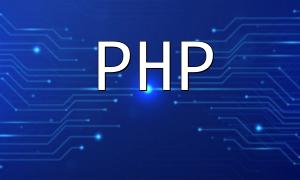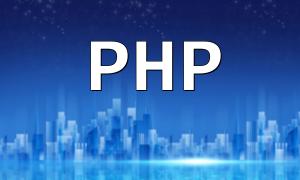In web development, optimizing network communication performance is crucial for improving website speed, stability, and user experience. For PHP developers, implementing the right optimization techniques can significantly enhance data transmission efficiency, reduce latency, and minimize packet loss, ultimately improving overall performance.
Network communication performance refers to the ability to transmit data over a network. The key factors affecting it include bandwidth, latency, and packet loss rate. The goal of optimization is to reduce latency, increase transmission speed, and decrease packet loss.
Bandwidth represents the amount of data that can be transmitted in a given time period, typically measured in Mbps or Gbps. The higher the bandwidth, the faster the data can be transmitted.
Latency is the time it takes for a request to be sent and a response to be returned, measured in milliseconds (ms). The lower the latency, the faster the data transmission and the quicker the response time.
Packet loss rate refers to the percentage of data packets that are lost during transmission. A high packet loss rate can lead to unstable communication and affect transmission efficiency.
In PHP development, several techniques can be applied to optimize network communication performance:
HTTP/2 is a newer network protocol that, compared to HTTP/1, reduces connection setup times and supports multiplexing, which can significantly reduce latency and improve data transmission efficiency.
In PHP, you can check if HTTP/2 is enabled using the following code:
// PHP enables HTTP/2
$http2d = strtolower($_SERVER['HTTP_HTTP2']) == 'http2' ? true : false;
if ($http2d) {
echo 'This is HTTP/2 protocol.';
} else {
echo 'This is not HTTP/2 protocol.';
}
Compression can significantly reduce the volume of data transmitted, improving transmission speed. Common compression methods include Gzip and Deflate. Here's an example of using Gzip for page compression:
// Enable Gzip compression
ob_start("ob_gzhandler");
// Output page content
echo "page content here";
// End output
ob_end_flush();
Each HTTP request requires establishing a TCP connection, and establishing connections is time-consuming. Reducing the number of HTTP requests can improve performance. Techniques such as merging CSS and JS files, using CSS sprites, and using image data URLs can significantly reduce the number of requests.
CDN (Content Delivery Network) is a distributed server system that caches content in different locations around the world. It allows users to retrieve data from the nearest server, reducing latency and improving transmission speed.
Caching reduces the need for repeated database queries and PHP executions, improving performance. Common caching technologies include Memcached, Redis, and APC. Here's an example of using APC caching:
// Using APC cache
if (apc_exists('my_cache_key')) {
$data = apc_fetch('my_cache_key');
} else {
$data = get_data_from_database();
apc_store('my_cache_key', $data);
}
Asynchronous requests allow you to send requests to the server without blocking the main thread, thus speeding up page loading times. Common asynchronous request technologies include Ajax and WebSockets.
By implementing these optimization techniques, PHP developers can significantly improve network communication performance. Whether it’s through using HTTP/2, data compression, reducing HTTP requests, leveraging CDN, caching, or asynchronous requests, each technique contributes to faster, more stable websites and enhanced user experience.










